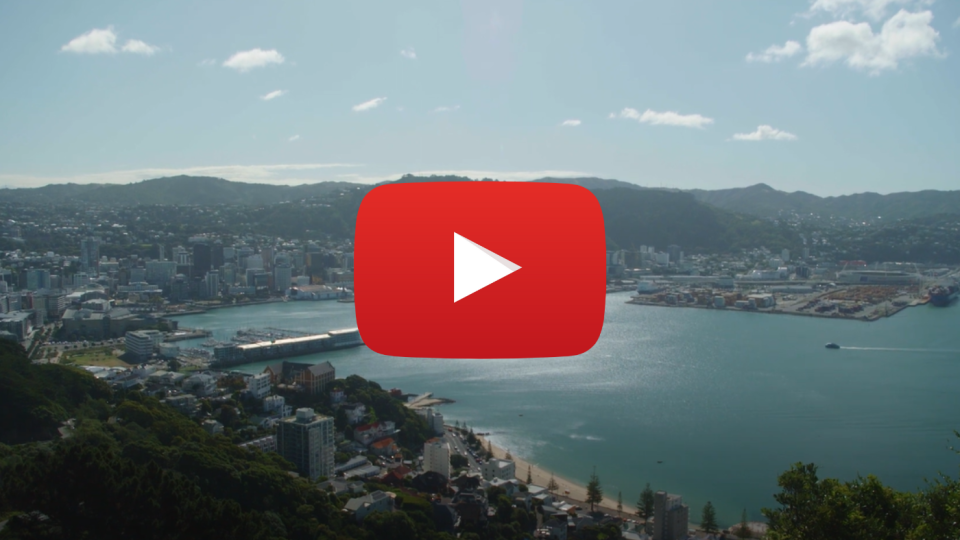The Leak Repair Process
Fixing leaks can be challenging.
There's more to consider than you might think!
Like...
-
tracking back from where the leak has surfaced to where it really began
-
traffic management to reduce disruption, and
-
working with other service providers to map out things like underground gas and electricity networks.
All of these - and more - mean than lots of planning and organising can be involved in fixing just one leak.
The journey of a leak


REPORT
All leaks need to be reported to the local council, who then pass on the information to us. If you've spotted a leak...
First check the Job Status Map to make sure it hasn't already been reported .This helps reduce duplicates in our system, which can take up unnecessary resources to review and investigate!
Then, if it hasn't been reported, log a job with the relevant council. Their contact details are available here.
They'll ask you some questions to get important information about the leak, which will help us when it comes to the next step!

PRIORITISE
The priority level assigned to a job is based on the volume of water being lost, health and safety risks and the potential for property damage.
Additionally, we consider the weather and seasons, i.e. we focus on at-risk hillsides before the wet winter months. You can see how we prioritise leaks here.

INVESTIGATE
Investigating a leak can be a tricky process.
Where water comes to the surface isn't always close to the source of the leak. In fact, sometimes water can travel over a kilometre from the source, before it comes to the surface!
We also need to have a good understanding of the pipe's condition, and what else is underground. This can include vital services like electricity and gas, so making sure we accurately map out underground networks before we dig is of the utmost importance.

PLAN
The time it takes to repair leaks can also be impacted by factors outside of our control such as traffic management and contractor availability. There are also a range of health and safety measures that need to be put in place before we can start work on any site.
Say a leak is in the middle of a busy road; we work alongside our council owners to plan traffic management to get the job done. This can sometimes take a while to get approved.
When our investigation has shown that the leak is very close to other utility services, sometimes we have to get permission to dig in certain areas and work alongside other service providers.

FIX
Once all of our plans are in place, we get a crew out to fix the leak!
Of course, with the aging network there can be some surprises when we begin to dig - so we work hard to prepare for the unexpected.
While some leaks are a quick fix, others may take some time - and when a pipe is in a bad state, we may look to renew it. This can be an intensive process, and require further investigation and planning.
Once a repair has been completed, we'll let you know via text or email. But there's still one more step to go!

REINSTATE
After the leak has been fixed, our standard process is to temporarily fill the excavated area, to ensure there's no safety risk to the public.
Then, we'll get the Reinstatement team to complete the permanent reinstatement.
This generally happens after you've received a notification that the leak has been fixed. This is simply to let you know that we've resolved the water loss issue, and does not mean that reinstatement won't happen - but if you have any concerns or patai (questions), let us know at customer@wellingtonwater,co.nz


